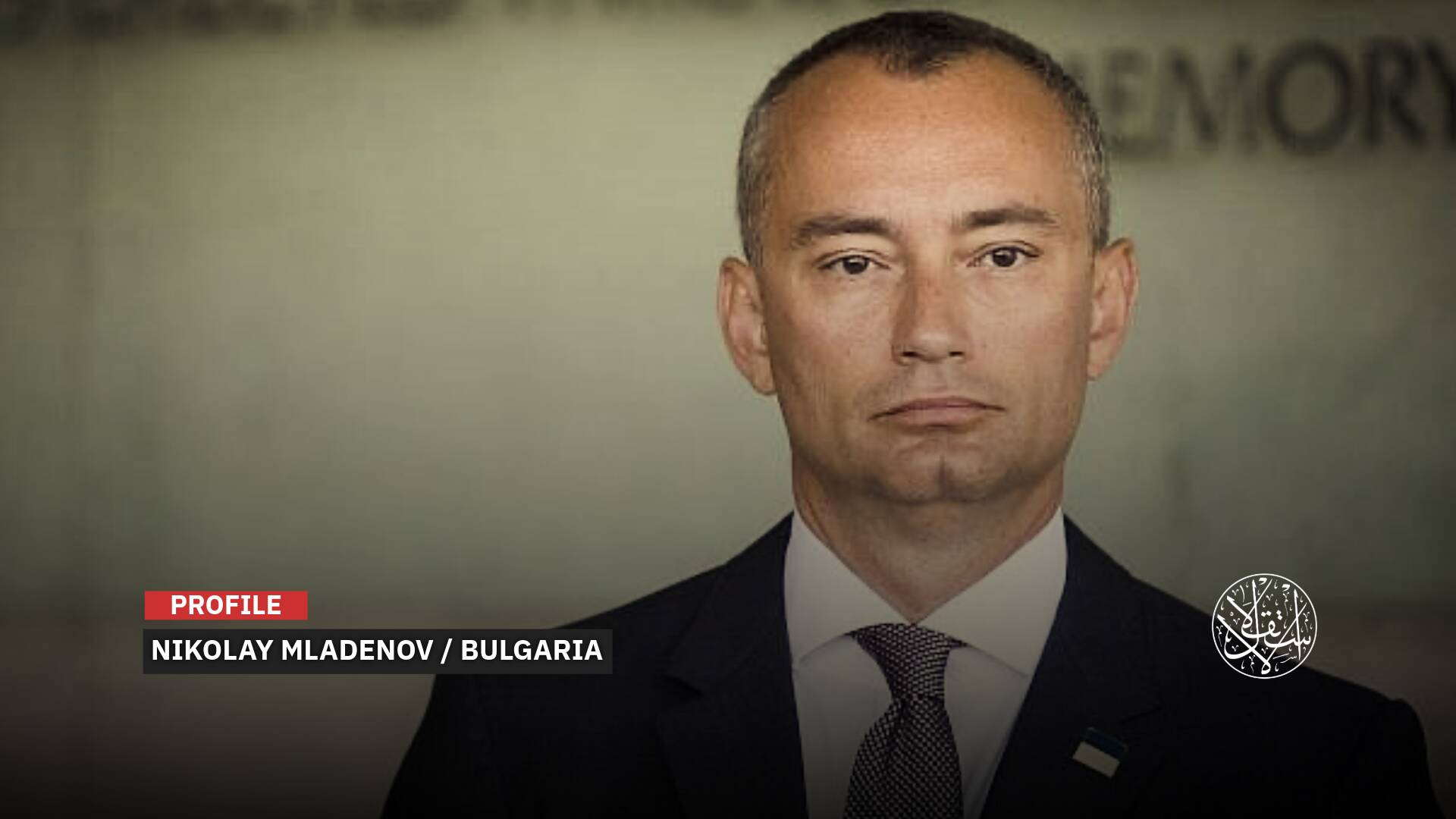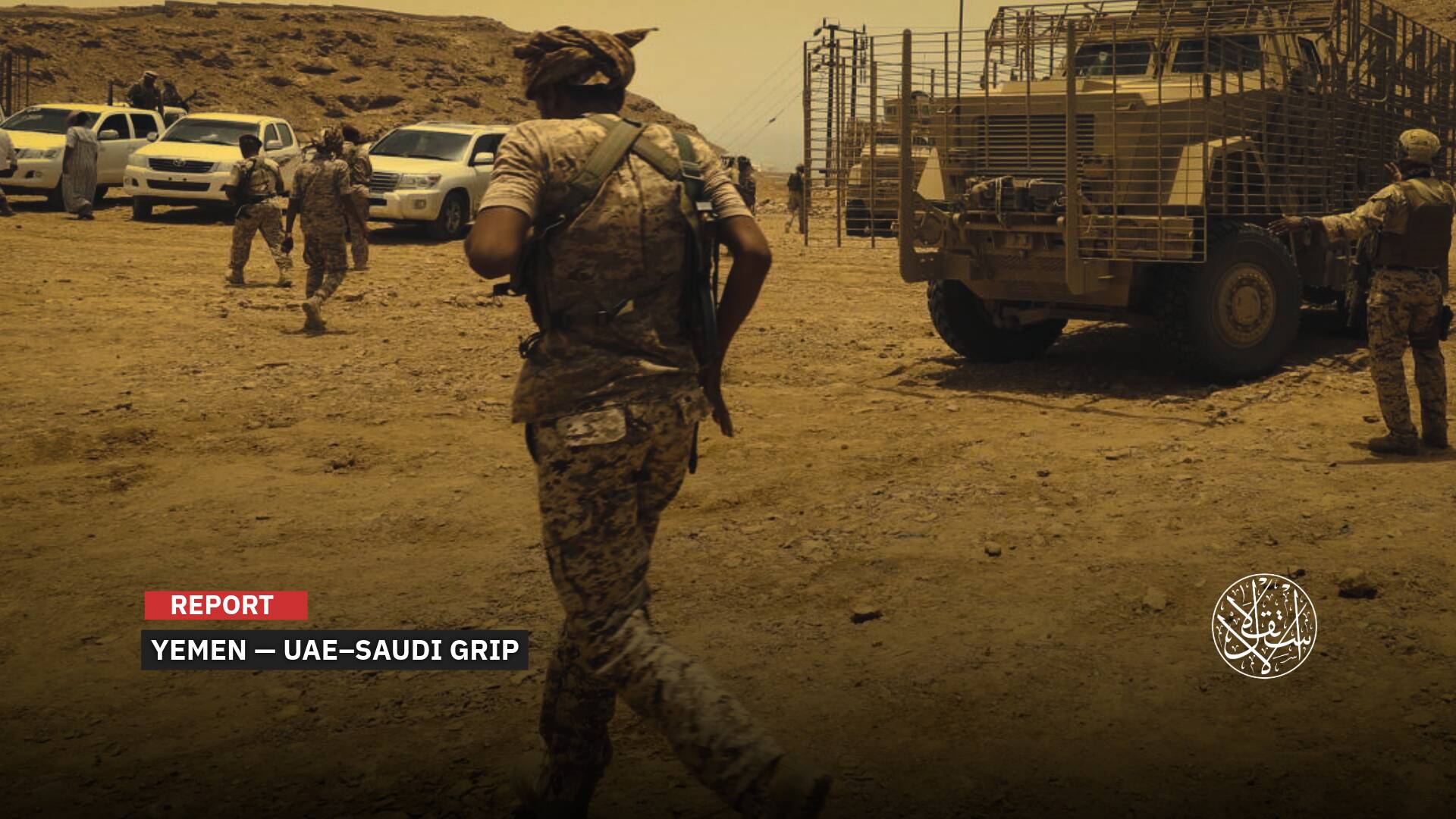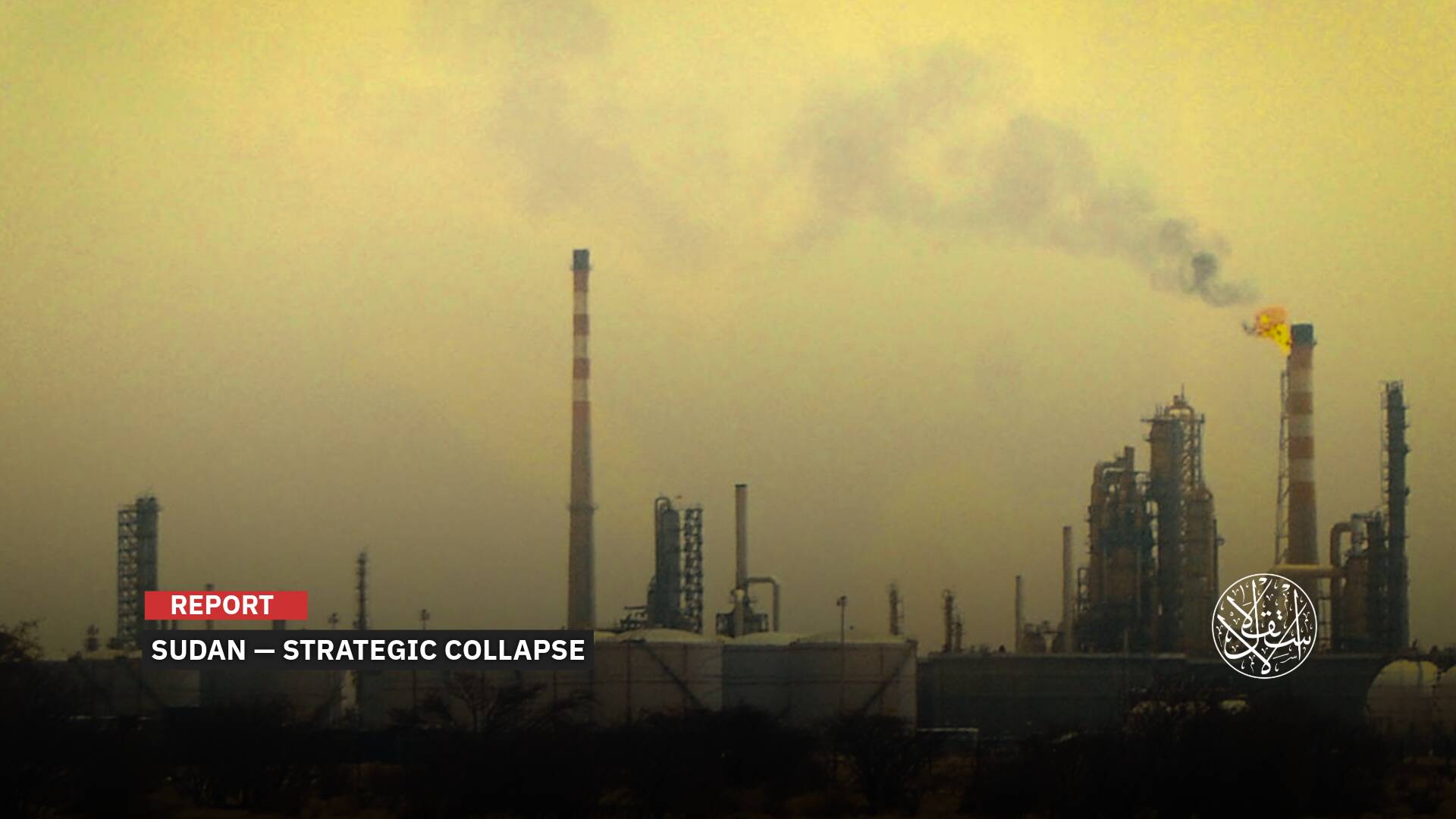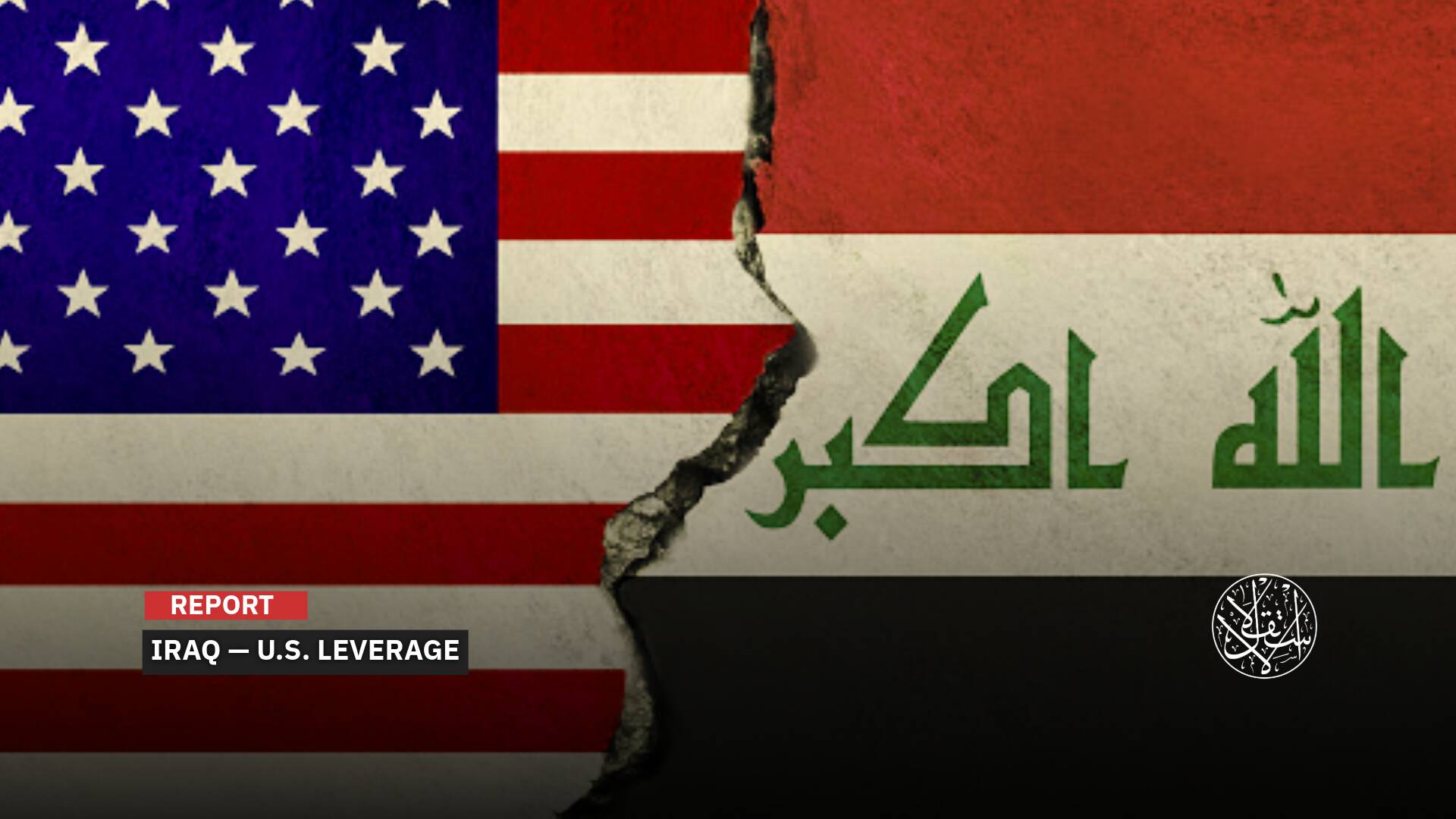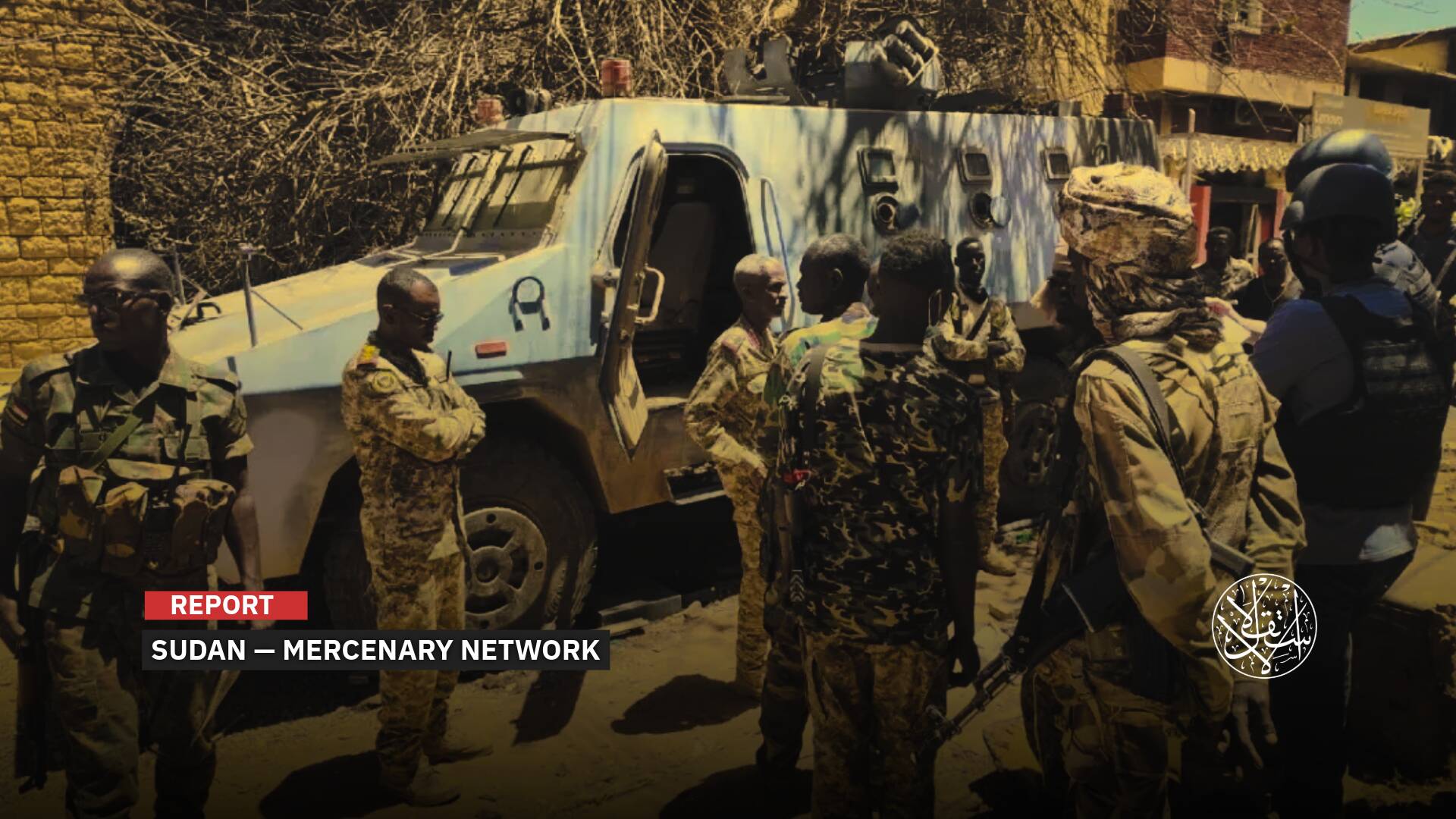Syria’s Phosphate Makes a Comeback: Could It Pave the Way for Europe’s Rapprochement with Damascus?

Regular phosphate import deals are opening up new investment opportunities in Syria.
Syria’s government, formed at the end of March 2025, continues to broaden its outreach to other nations in hopes of securing economic gains during this pivotal phase of Syria’s post-Assad era.
While the new administration works to overcome fuel and energy shortages by engaging with international partners and securing vital resources for reconstruction, it is also reviving key export sectors to offset revenue shortfalls.
At the forefront is the phosphate industry, where Syria is gradually reclaiming its position after once ranking as the world’s fifth-largest exporter of this “white gold” in 2011, the year the revolution erupted against the now-defunct Assad regime.

Syrian Phosphate Offers
The phosphate extraction sector in Syria has experienced a resurgence since the fall of the Assad regime on December 8, 2024, attracting buyers from countries still hesitant to establish new ties with Damascus.
The third ship carrying high-quality Syrian phosphate is preparing to depart the port of Tartus on the Mediterranean coast heading for Romania, after completing the loading process efficiently, with careful attention to safety and maritime storage conditions.
Mazen Aloush, Director of Local and International Relations at the General Authority for Land and Sea Ports, explained that the ABRAHAM M ship, with a capacity of 30,000 metric tons, is being loaded in coordination between the Port of Tartus Administration, the Ministry of Energy, the General Authority for Oil and Mineral Resources, and private shipping companies.
Aloush told the Syrian official news agency SANA on May 5, 2025, that the ship consists of three holds, each with a capacity of 10,000 tons.
He pointed out that the phosphate comes from the Khneifiss mines in the Homs countryside, one of Syria's richest areas in this resource, and is transported to the port via specially equipped trucks.
The process undergoes quality analysis before unloading the material and loading it directly using modern equipment to ensure operational efficiency and maintain environmental safety.
Aloush believes that this export operation represents an important step in revitalizing Syria’s economy, opening up international trade cooperation, and investing natural resources in a way that positively impacts job opportunities and national income. He also emphasized that demand for Syrian phosphate is increasing.
The General Authority for Oil and Mineral Resources has received several new offers and requests from foreign countries after the resumption of exports, particularly after the state regained control over this strategic sector, according to Aloush. He noted that demand continues to rise due to the high quality and competitive pricing.
Phosphate is currently extracted from two surface mines: the Eastern and Khneifiss mines, located southwest of Palmyra, east of Homs, at distances of 45 and 65 kilometers, respectively.
The annual production capacity of the two mines is about 3.5 million tons suitable for export, with the majority coming from the Eastern mine.
A limited portion of the phosphate is used domestically in the production of phosphate fertilizers, shipped to the Homs Fertilizer Plant, while the larger share is exported to various countries via the railway connecting the mines to the port of Tartus.
There are five phosphate factories in Syria, four in the Eastern mines and one in the Khneifiss mines.
Syria's push to regain competitiveness in the global phosphate market is driven by its vast reserves of this crucial fertilizer component, as demand for phosphate grows worldwide.
Syrian phosphate is considered one of the best in the world, with various types available, including washed, dry, mixed, and wet.
The phosphate content ranges from 31 to 32 percent, making it a high-quality variety that can compete with other major producers.
The geological reserves of wet phosphate that can be invested in the Eastern mines in the Palmyra desert are estimated at about 1.8 billion tons, while the Khneifiss mines hold around 150 million tons.
During the Assad regime, especially in recent years, Russia and Iran seized control of several phosphate mines in Syria.
The ousted Assad regime sought to keep exports of this sector active by violating international sanctions.
Since 2019, Serbia, Ukraine, and four European Union countries have imported Syrian phosphate worth over $80 million, according to an investigation by centers participating in the Organized Crime and Corruption Reporting Project across seven countries.
In Serbia, the largest European importer of Syrian phosphate in recent years, one of the importers was a former cosmetics company called Youpharm.
Serbian business records show that the company imported products worth $26.9 million from Syria in 2021.
A report published by Politico in 2018 also revealed that Greece was buying Syrian phosphate, which raised concerns in the European Parliament.
Imports were halted shortly afterward, as the European Union and the United States imposed bans on purchasing Syrian phosphate in response to Assad’s crackdown on the revolution at the time.

Economic Revitalization
Observers confirm that Damascus’s pursuit of generating foreign currency revenue through the production and export of phosphate from Syria is not the ultimate goal at this stage.
Rather, exporting Syrian phosphate will play a significant role in accelerating economic relations between Damascus and European countries, paving the way for the latter to import this material, lift sanctions on Syria, and open up new investment opportunities during the reconstruction phase.
Phosphate is essential for crops and animal feed, and European agriculture depends heavily on this global industry, which is valued at around $55 billion, according to international organizations.
Syrian phosphate is distinguished by its high percentage of pure phosphorus and low impurities, making it globally sought after in the production of fertilizers and industrial phosphate. It is also a strategic element in supporting agricultural production and the chemical industries.
After the fall of Bashar al-Assad’s regime, the European Union opted to ease, rather than lift, some of the sanctions imposed on Syria during the previous regime.
Damascus has intensified its diplomatic efforts, including Syrian ministers attending World Bank sessions in New York, in an attempt to lift the sanctions that have drained the country's economy, which has been suffocating for the past 14 years. According to the United Nations, 90 percent of Syria's population lives below the poverty line.
“The management of phosphate in Syria, including its production, investment, and export, has been shrouded in ambiguity during the period of Assad's control,” Syrian researcher at Omran for Strategic Studies Eymen Dasuki told Al-Estiklal.
“The interests of Russian and Iranian allies intertwined with a network of businessmen and intermediaries linked to the presidential palace, as well as the interests of European countries in this sector.”
“Romania was one of the main entry points for Syrian phosphate into Europe through a series of companies, intermediaries, and brokers,” Dasuki said.
“What’s new is that shipments of Syrian phosphate to Romania, an EU member state, have become public, following meetings held by Syrian Minister of Economy and Industry, Nidal al-Shaar, with officials in Bucharest.”
“The phosphate file could be leveraged to revitalize economic relations between Syria and European Union countries,” he added.
“However, transparency is crucial in managing this file and ensuring substantial revenue for the Syrian state, along with institutionalizing economic relations between Syria and European Union countries and others, so they are conducted through official channels, away from monopolies and favoritism by businessmen, as was the case during Assad’s rule.”

Regular Deals and European Progress
European moves toward contributing to the support of a new Syria are progressing slowly, yet they have already begun.
In early May 2025, it was announced from the Presidential Palace, with the presence of President Ahmed al-Sharaa, that a 30-year investment and management contract had been signed for the port of Latakia between the Syrian General Authority for Land and Sea Ports and the French giant CMA CGM, owned by the Franco-Lebanese businessman Rodolphe Saade.
The contract specifies an investment of €230 million, with €30 million to be injected in the first year.
In the following four years, a new dock will be constructed with an investment value of €200 million at the port.
Experts suggest that Syrian phosphate could, at this stage, serve as one of the gateways to reviving Damascus’s relations with countries that have long depended on it through circumvention operations and illegal channels during the Assad era.
To avoid sanctions imposed on Syria, European Union imports of Syrian phosphate during Assad's rule were routed through Romania using indirect methods.
European countries dealt with two Middle Eastern companies to import Syrian phosphate: Blue Gulf Trading, registered in the UAE, and MedSea Trading, registered in Lebanon.
Both companies were owned by Lebanese businessman Afif Nazih Auf, according to an investigation published by the Organized Crime and Corruption Reporting Project in June 2022.
Experts confirm that opening economic relations with Syria is no longer prohibited for Western nations; rather, it is based on “mutual interests and benefits.”
This is what Syrian Minister of Economy and Industry, Mohammad Nidal al-Shaar, highlighted during an interview with Romania’s leading channel, Digi24.
In the May 2, 2025, interview, al-Shaar noted that since taking office in late March of that year, he had “submitted about 70 proposals for large investments in Syria, most of them from the West.”
“Investment fields included sugar and cement factories, technology transfer, programming, and various industries.”
“Many Syrian businessmen in the West want to come back to invest with their partners there,” the minister said.
“Syria could benefit from Romania in this reconstruction phase, particularly in technology, education, and activating an economic cooperation plan.”
On February 13, 2025, Syria's Ministry of Oil and Mineral Resources announced a tender to sell 175,000 tons of wet phosphate extracted from the mines in Palmyra.
This announcement of tenders indicates renewed interest from investors seeking contracts for phosphate sector investments.
Countries such as Italy, Bulgaria, Spain, and Poland had relied on importing Syrian phosphate through international companies and brokers from neighboring countries during Assad's rule.
As a result, many countries that depend on phosphate for their industries are now in a position to enter “regular deals” with the new Syrian government.
Sources
- A ‘Bloody’ Trade: Inside the Murky Supply Chain Bringing Syrian Phosphates Into Europe
- Syria Signs 30-Year Port Deal With France’s CMA CGM
- Syria, the Reinvention of a Destroyed Country. Minister: We Could Benefit from Romania’s Experience, There Is Much to Learn in the Economic Field [Romanian]
- Third Phosphate Ship Prepares to Depart from Tartus Port Towards Romania [Arabic]
- Minister of Oil Inspects Phosphate Mines in Khneifis and Suwana in Homs Countryside [Arabic]
- First Ship Loaded with 10,000 Tons of Syrian Phosphate Exports Depart from Tartous Port [Arabic]


